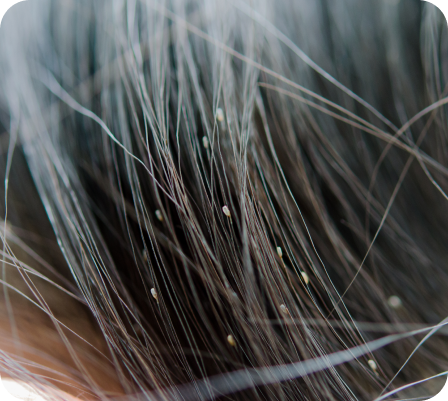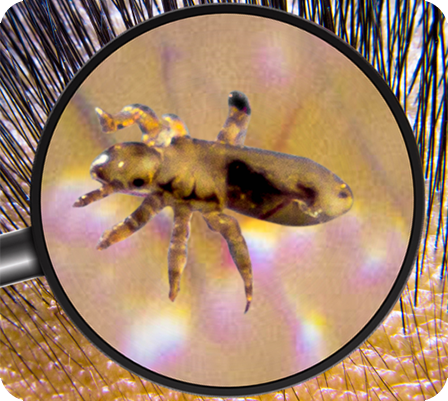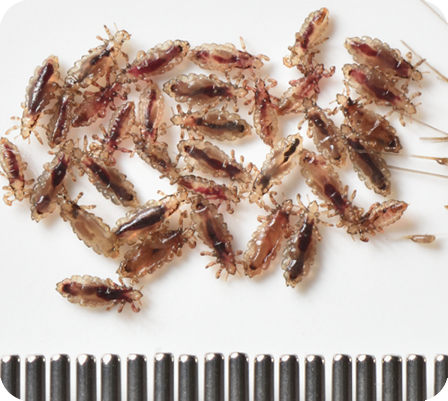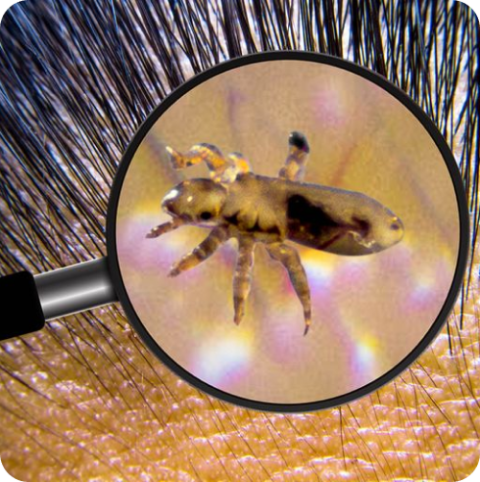What Are Head Lice?
Even the word “Lice” can be scary, but they are simply tiny insects. They can be found on various parts of the body, including the head, eyebrows, and eyelashes. They live on humans and feed on their blood. Lice that live close to the scalp are known as head lice.
They’re most often found on the back of the neck and behind the ears. And although lice can’t jump or fly, they can spread very easily from person to person through head-to-head contact, or through shared clothing or personal items (hats, towels, or hairbrushes). Contrary to popular myth, personal hygiene has nothing to do with getting head lice.
Do I have superlice?
It is impossible to tell but is becoming more likely given superlice are the dominant species of lice in the United States. If you are not sure what type of lice you have, you should consider purchasing a product that kills superlice to minimize the need of re-treating. To learn more about superlice, check out our page What are superlice?
Identifying Lice
To understand how to identify lice, it helps to know the three different forms of head lice:
Eggs (nits)
Nits are oval-shaped lice eggs that attach themselves to the hair shaft. They’re only about as large as a knot in a piece of thread, so they can be hard to see with the naked eye. Usually white or yellow in color, they’re often mistaken for dandruff or scabs. Nits usually take about 8-9 days to hatch. Eggs that are likely to hatch are usually located very close to the base of the hair shaft.

Nymph
A nymph is an immature louse (singular of lice) that hatches from the nit. It takes about 9-12 days for a nymph to mature into an adult.

Adult Lice
An adult louse is about the size of a sesame seed, has six legs, and is tan to grayish-white in color. An adult louse, which must feed on blood to live, can survive up to 30 days on a person’s head, but will die within one or two days if it falls off a person.

Not Sure?
If you’re not sure whether your child has head lice, ask a school nurse or other health care provider to conduct a thorough search.
Learn more about how to check for lice.


